Since ancient times, Tuyen Quang has been considered the "frontier" of the nation, a land holding a crucial position in the political, military, and cultural strategy of the Vietnamese people. After merging with Ha Giang , Tuyen Quang not only expanded its development space but also became a strategic anchor – a place where a "cultural belt" was formed from the essence of 22 ethnic groups, blending together to form a soft defensive barrier of the Fatherland, strong in its strategic position, powerful in its people's hearts, and enduring in its culture.
The intersection of two distinct cultures opens up vast opportunities for development.
Since the 19th century, when King Minh Mệnh established Tuyên Quang as a provincial-level administrative unit – a "frontier defense" protecting the Central Plains – this land has been positioned as the nation's "protective barrier." Historian Đặng Xuân Bảng called it "a steel fortress on the frontier," and a stone inscription on Thổ Sơn mountain from the 15th century still reads: "Tuyên Thành, eternal defense against Thăng Long" – a testament to Tuyên Quang's special position in the history of national defense.
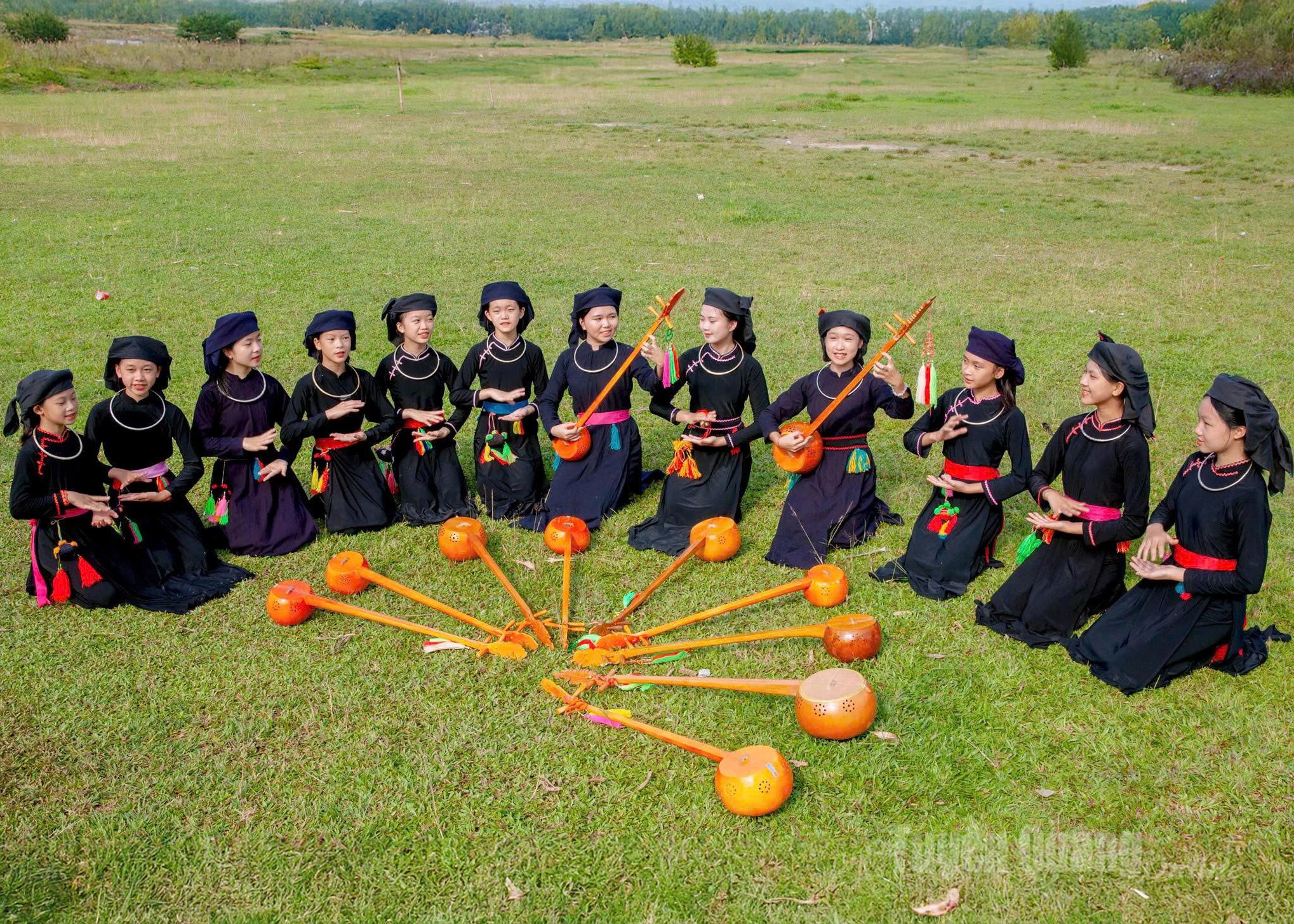 The Then practice of the Tay, Nung, and Thai people has been recognized by UNESCO as a representative intangible cultural heritage of humanity, contributing to affirming the international standing of Vietnamese culture. |
After merging with Ha Giang, that space expanded further, forming a continuous cultural-ecological- economic belt. Along the more than 277 km long border with China, with 17 new communes and 122 villages, the "cultural belt" of Tuyen Quang province (new) emerges as a colorful tapestry, where ethnic groups coexist and weave together the tapestry of Vietnamese identity.
The cultural belt here is not only geopolitically significant, but also encompasses a modern socio-cultural category, formed from the strength of the people's will, from memory, language, customs, beliefs, and the Vietnamese spirit crystallized in each village. It is the soft border of the Fatherland, the cultural bulwark of the nation, where each citizen is both a creative subject and a soldier safeguarding sovereignty through faith and identity.
This cultural space opens up great opportunities for Tuyen Quang to exploit and promote heritage values associated with tourism, economic development, and spiritual history. The province currently has nearly 400 cultural heritage sites, including 40 intangible heritage sites recognized at the national level. In particular, the Then practice of the Tay, Nung, and Thai people has been honored by UNESCO as a representative intangible cultural heritage of humanity, contributing to affirming the international standing of Vietnamese culture.
Tuyen Quang is also home to nearly 100 traditional festivals, many of which have been revived, organized systematically, and recognized as National Intangible Cultural Heritage. Each festival is a "living archive" of identity and belief, a thread connecting the past, present, and future of the nation.
The province currently has 719 ranked historical and cultural relics and scenic spots, including 213 national-level relics and 289 provincial-level relics. Many destinations have become "historical and cultural landmarks" such as: Tan Trao Special National Relic Site, Kim Binh Special National Relic Site, Lung Cu National Flagpole... There are also famous tourist areas such as: Lo Lo Chai Ancient Village, Tan Lap Village Cultural Village, Tan Trao Commune; Na Tong Village Community Tourism Village, Thuong Lam Commune,... All are historical and cultural evidence, spiritual pillars, and symbols of the people's unwavering loyalty in this border region of the Fatherland.
In Tuyen Quang, each ethnic group has its own language. 100% of families of the Mong, Dao, Lo Lo, San Chi, and other ethnic groups residing in villages speak their mother tongue. The Tay and Dao Nôm scripts are preserved in the ritual books of shamans – "treasures of folk knowledge" reflecting the depth of spiritual culture. The provincial museum currently houses hundreds of Tay Han-Nom books, evidence of the enduring cultural tradition of this border region.
On the borderlands of our homeland today, every house, every festival, custom, and historical site is a "soft fortress" protecting national sovereignty. When culture takes root in people's hearts, it becomes the most resilient shield against all weapons and the most sophisticated tactics – ensuring that borders are not only guarded by boundary markers, but also by the faith, wisdom, and identity of the people.
The sacred flame of culture warms the borderlands.
From the very beginning of the nation's founding, President Ho Chi Minh affirmed: "Culture illuminates the path for the people to follow." This sacred teaching, after nearly eight decades, remains a guiding light on the nation's development. For Tuyen Quang, culture is not only the foundation of the villages, but also a soft power for enrichment, development, and warming the borderlands.
With the principle of "Using culture to develop tourism, and using tourism to preserve and promote culture," Tuyen Quang identifies cultural heritage as a special resource – where the past meets the future. Thanks to this, the province's tourism image is increasingly affirmed internationally with many prestigious titles: one of the 10 most attractive destinations in the world as selected by CNN; a leading emerging tourist destination in Asia in 2023; and a leading cultural destination in Asia in 2024. In 2024 alone, Tuyen Quang welcomed over 3.2 million visitors, meeting and exceeding the targets set in the resolution. These results are vivid evidence of the provincial Party Committee's resolution – where culture truly becomes a pillar of development.
In Tuyen Quang, culture has transcended the boundaries of rituals and museums, becoming a "steel thread" in the structure of sustainable development, a defining cornerstone of this border region. The practice of Then, honored by UNESCO, and dozens of other recognized national heritage sites serve as a springboard for a dynamic strategy: transforming heritage into assets and identity into a tourism brand.
Culture – when “awakened” – is no longer just a memory but becomes a driving force for development. Lao Xa border village in Sa Phin commune, with 117 Mong ethnic households, has preserved 55 ancient rammed-earth houses. Or in Ma Che village, 90-year-old Van Phong Sai, a Co Lao man, still weaves baskets and other woven goods every day. Nearly 80 years of weaving, Mr. Sai not only creates products but is also “re-weaving” the thread connecting the past with the present, keeping the craft alive in the village's daily life.
If Lao Xa and Ma Che are two shining examples of cultural tourism, then the story of Lo Lo Chai village (Lung Cu commune) reaching international prominence is the clearest evidence of the vitality of the "cultural belt". Outperforming over 270 entries from 65 countries, on October 17, 2025, Lo Lo Chai was honored by UN Tourism as the "Best Tourist Village in the World". This is not just a title, but a symbol of how culture has become a "soft passport" of Vietnam's sovereignty.
Previously, the Dong Van Karst Plateau Global Geopark was also honored by the World Travel Awards as "Asia's Leading Cultural Destination 2025". These two consecutive awards have elevated the status of this border region, affirming the strength of Vietnamese culture on the world map.
According to statistics, the province has nearly 40 recognized craft villages, with approximately 2,000 households participating in the production of exquisite handicrafts. Many of these villages have been established and developed right in the border communes. Notable examples include the brocade embroidery technique of the Lo Lo people, the traditional linen weaving and beeswax painting of the Mong people, and the silver crafting of the Dao people…
Culture, once a heritage, has become an endogenous resource that helps the people legitimately enrich themselves and steadfastly remain in this frontier region of the Fatherland.
The miraculous power of the people's support in border regions.
Although Tuyen Quang, formerly Ha Giang, and present-day Tuyen Quang are border regions with cultural exchange with the outside world, the unique culture of Tuyen Quang's ethnic groups has been preserved for thousands of years. Love for culture is the root of patriotism, the source of the community's inherent strength in the cause of national defense. This is the strong cultural belt, forming a soft barrier protecting the homeland, contributing to the miraculous power of the people's support in the border region.
Looking back through history, we see that from the resistance against the Song, Yuan, and Qing dynasties, the footprints, blood, and bones of the people in the northern border region are imprinted everywhere. During the two wars of resistance against French colonialism and American imperialism, Tuyen Quang became the "Capital of the Liberation Zone," the "Capital of the Resistance," a place that sheltered the Party and President Ho Chi Minh, where the oath of independence resounded. From here, a series of historic decisions were issued, transforming Vietnam from a state of slavery to an independent nation.
Mr. Kim Xuyen Luong, former Chairman of the Administrative Committee of Ha Giang province, recalled: “During the resistance war, the people of the 17 border communes were the ‘steel belt’ protecting from afar. Everyone considered hiding cadres, carrying rice, and transporting the wounded as sacred duties. Some people carried rice all night, and in the morning they went back to the fields as if nothing had happened.”
According to statistics, in 1953 alone, the border communes of Ha Giang (formerly) mobilized more than 12,000 militia members, hundreds of young people enlisted in the army, and thousands of people cleared roads and transported weapons. President Ho Chi Minh once sent a letter of praise: “Dear compatriots! I have been informed that all of you enthusiastically support the resistance war. You have sold food cheaply to the army and supplied wounded soldiers. I am very pleased to thank and commend you on behalf of the Government.”
Particularly during the period of defending the northern border (1979), the miracle of the people's support in the border region lay in the fact that, before the main army arrived, the militia and the people held firm on the border. When the invading army (with modern weapons such as tanks and airplanes) poured in, we only had the 3rd Golden Star Division as the main force, the rest were militia... In the Vi Xuyen front (then part of the old Ha Tuyen province), each village was a fortress, each citizen a soldier. The percentage of people volunteering to join the militia and self-defense forces accounted for over 10% of the population - a figure that speaks volumes about the will of "the whole people to fight the enemy". Associate Professor Dr. Dinh Quang Hai, former Director of the Institute of History, affirmed: "The strength lies in the fact that the enemy not only has to face the army, but also the entire community of ethnic groups. Each village is a resistance group, each citizen is a soldier."
The 1979 border defense battle in the North proved an eternal truth: no advanced weapon can subdue a nation when its will is united into a solid foundation of popular support.
With peace restored, the people's support continues to be strengthened through faith and aspirations for peace and development. The people themselves – the creators and guardians of culture – are also "living landmarks," the pioneering force in people's security teams and self-governing groups in border areas. The province currently has 346 self-governing security teams with nearly 1,600 members, along with 856 households responsible for managing 277 km of border and over 440 national border markers. Village elders, community leaders, and influential individuals become the "extended arm" of the political system, simultaneously protecting border markers, forests, and preserving the cultural traditions of their homeland.
Major Phan The Ha, Deputy Political Officer of Thanh Thuy International Border Gate Border Guard Station, shared: "In the first nine months of 2025 alone, more than 60% of security and order-related incidents were successfully handled thanks to information from the people. The soldiers are the core, but the people are the eyes and ears of the border."
The magic of "the people's support" is further nurtured and spread by an enduring love for their cultural roots. Without relying on state support, many new models and effective methods for preserving and promoting national identity have emerged within the community. Currently, the province has community performing arts groups in all 124 communes and wards, and over 500 traditional culture preservation clubs. All operate on a voluntary basis, attracting people of all ages, from young children to the elderly, creating a natural spread within the community. Meritorious Artist Luc Van Bay, Chairman of the Soong Co Club in Son Thuy commune, proudly recounts: "The club has over 200 members, the youngest only 6 years old. We teach the children to speak the San Diu language first before they sing, so that the culture permeates them gently, like breathing." In Ha Giang 1 ward, Mr. Nguyen Van Chu quietly transformed his stilt house into a free class for learning Then singing and Tinh playing, welcoming 30-60 students each year. Anyone with a love for Tay culture is welcome.
More specifically, since 2003, even before the policy supporting artisans was implemented, many villages had established folk artisan associations to preserve cultural knowledge, teach traditional crafts, eliminate outdated customs, and strengthen solidarity. To date, the province has over 200 associations with more than 9,000 members, including 1,156 artisans directly teaching culture in schools, and hundreds of free vocational training classes opened in various localities. Distinguished Artisan Trieu Choi Hin (Ho Thau commune) affirmed: “Preserving culture is our responsibility and our heartfelt wish, so that this flow will never stop.”
It is evident that the strength of the people's will in today's border regions was not only forged during the years of war, but is also being silently nurtured every day by their love of culture, their sense of community, and their faith in the future.
In that spirit, General Secretary To Lam, while attending the inauguration ceremony of the "Uncle Ho in Tan Trao" monument and the National Day for Protecting National Security (August 2025), emphasized a consistent idea: Revolution is the undertaking of the people, by the people, and for the people. Tuyen Quang today needs to strongly awaken the tradition of patriotism, national pride, and revolutionary vigilance in each citizen; building each family into a fortress, and each citizen into a soldier on the front lines of protecting national security.
That advice is not just a guiding principle, but a continuation of Ho Chi Minh's spirit – taking the people as the foundation, culture as the base, and faith as the bulwark. In this context, culture is not only a guiding light, but also a spiritual shield, a binding force for the community, and a soft power that dispels all divisive schemes.
Performed by: Mai Thong, Chuc Huyen, Thu Phuong, Bien Luan, Giang Lam, Tran Ke
(to be continued)
Source: https://baotuyenquang.com.vn/van-hoa/202510/vanh-dai-van-hoa-soi-sang-bien-cuong-ky-1-phen-dau-mem-bao-ve-to-quoc-60e001b/








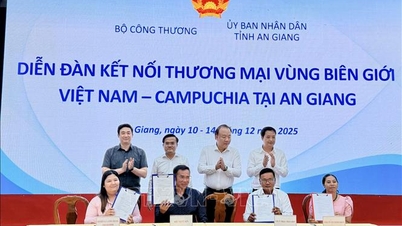

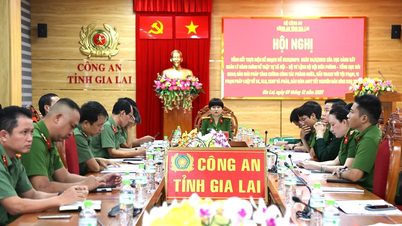



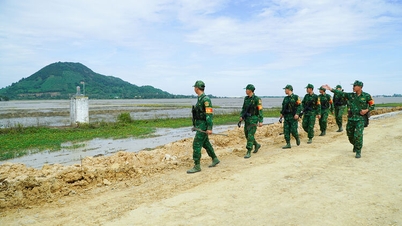



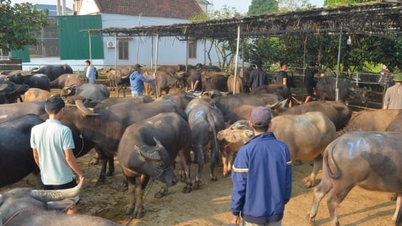

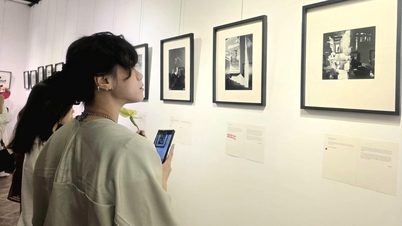

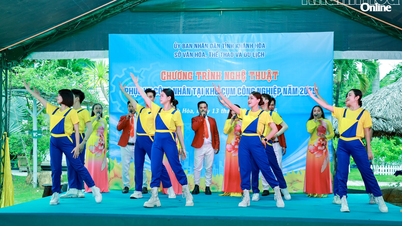

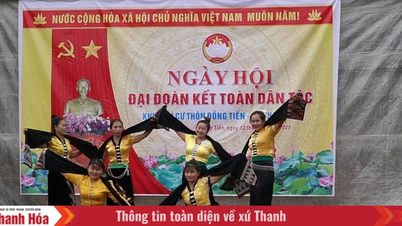

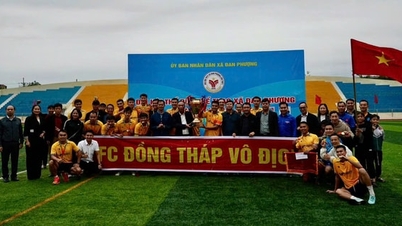

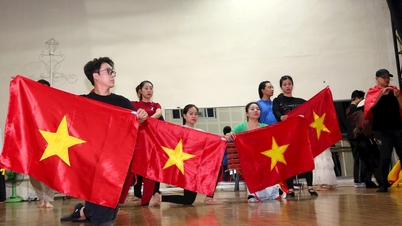
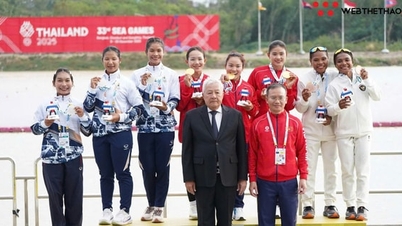




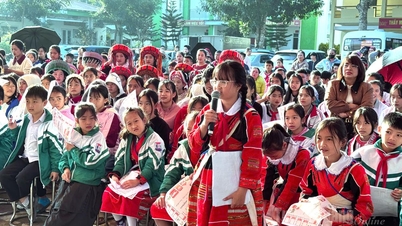
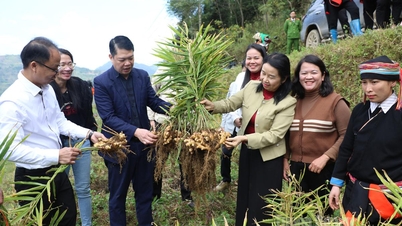
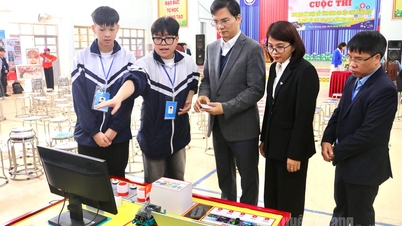
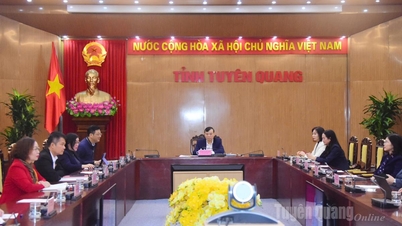
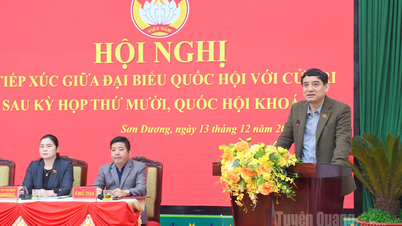
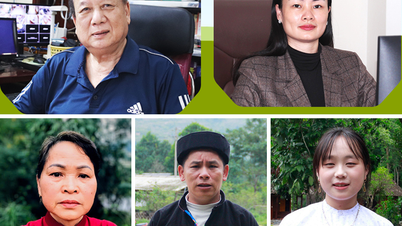






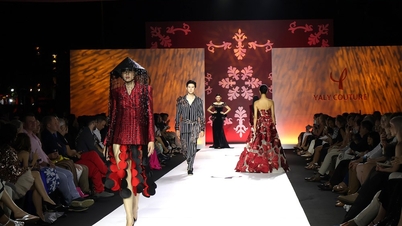





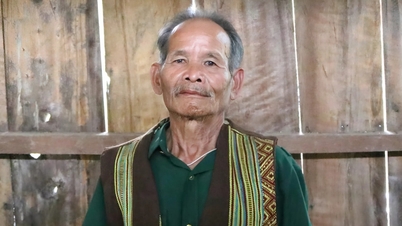

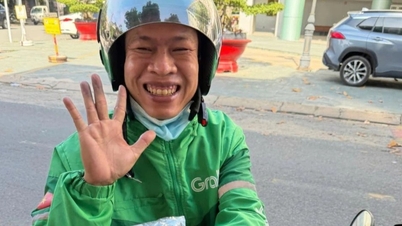





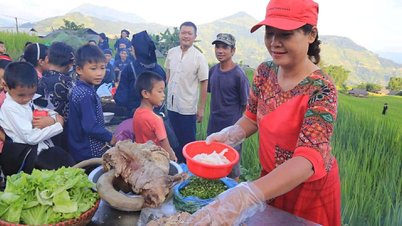




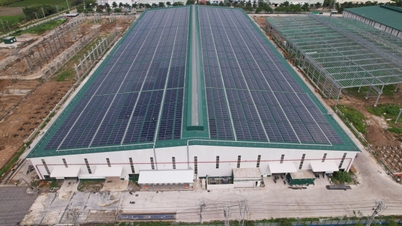










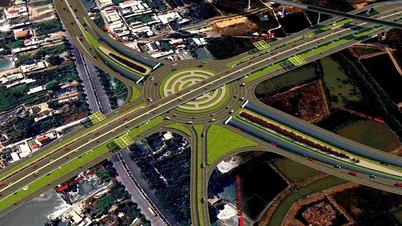


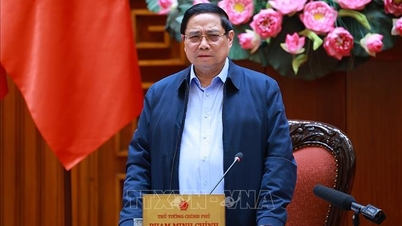
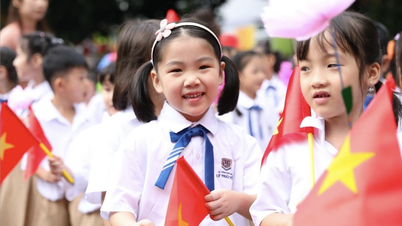


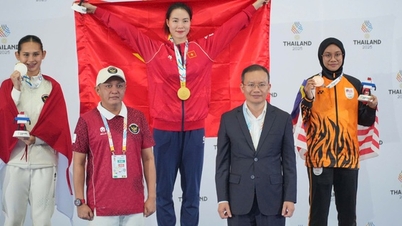

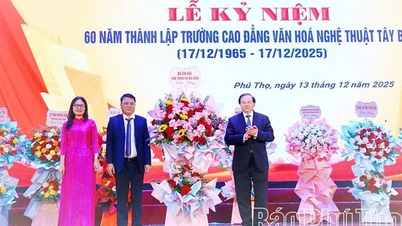
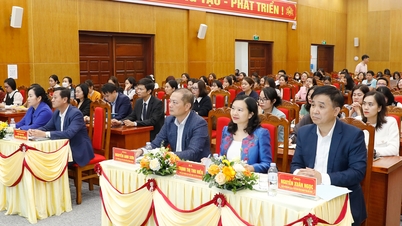

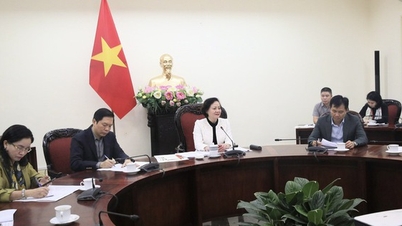
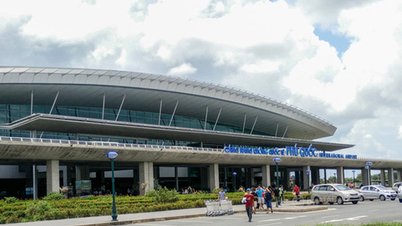
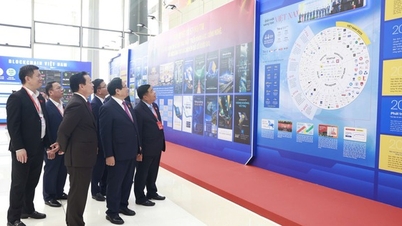
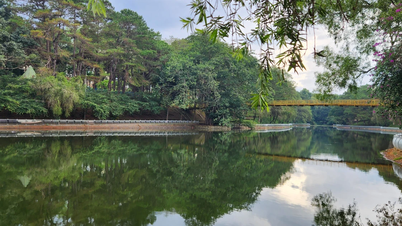
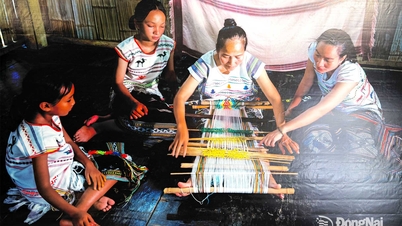

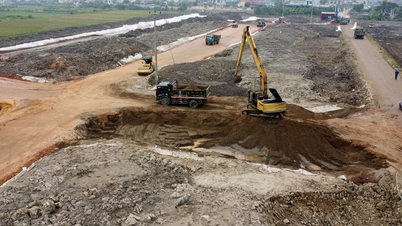
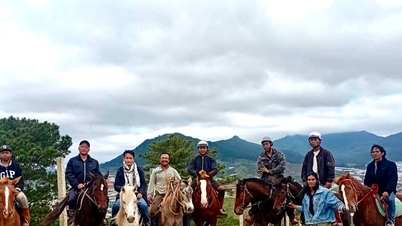

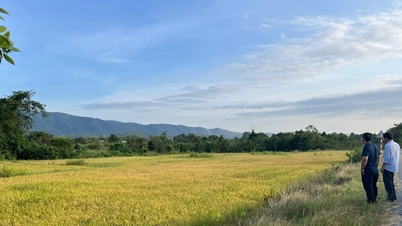
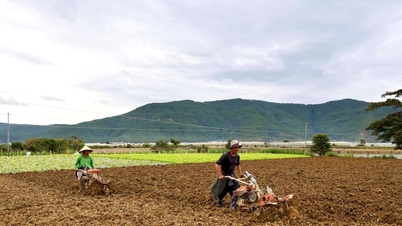











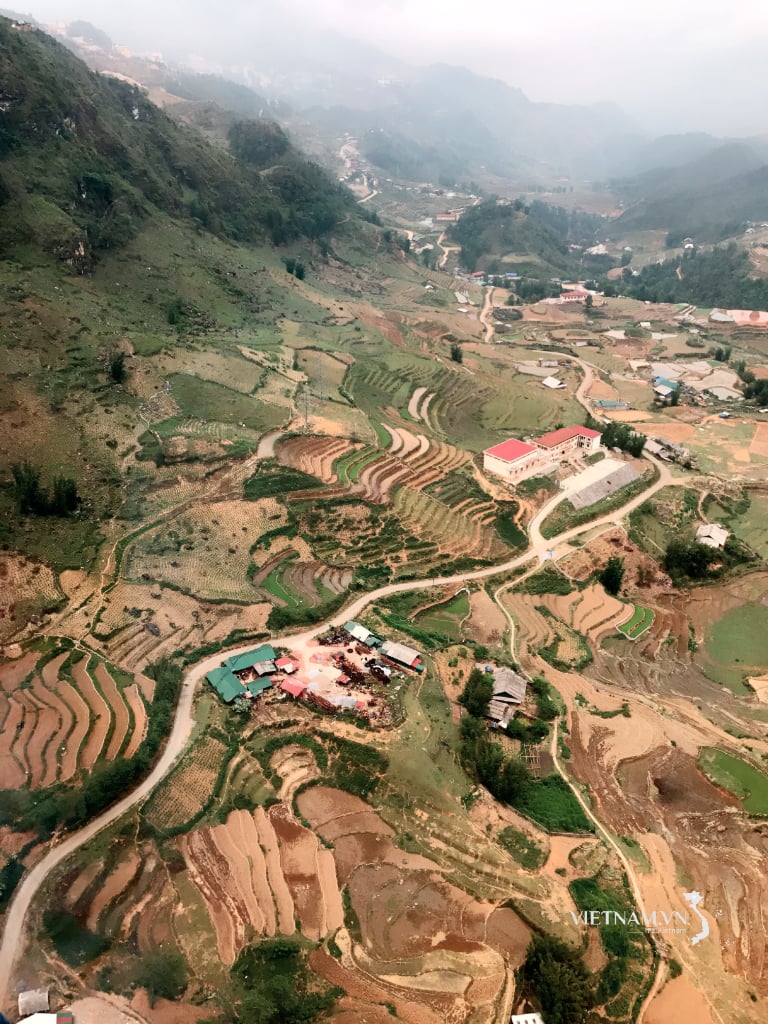

Comment (0)